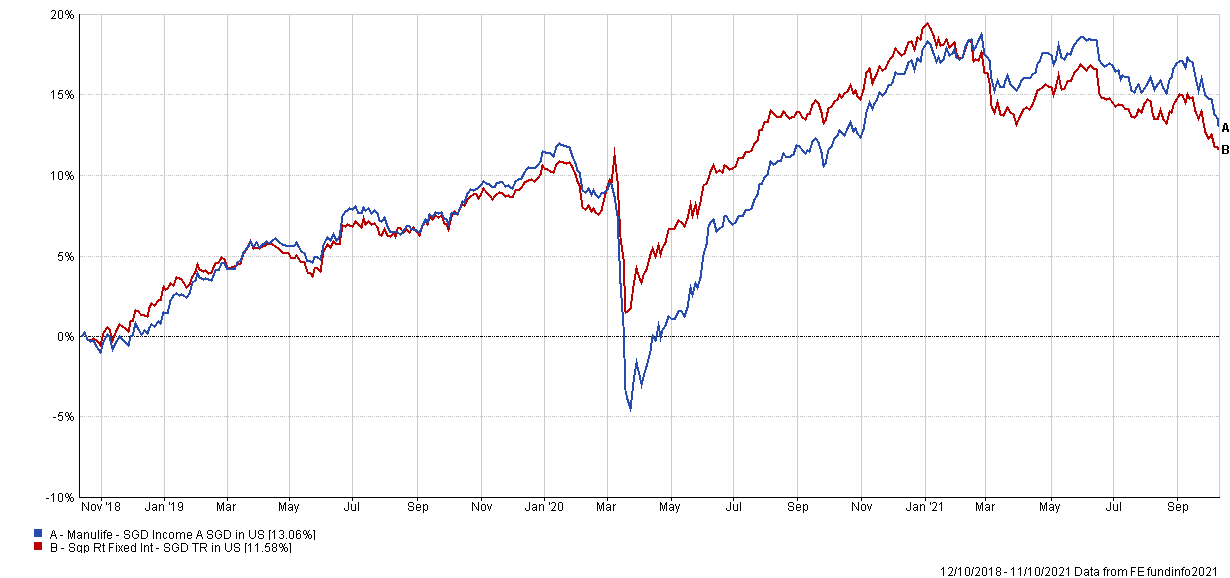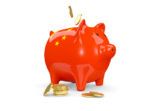Alvin Ong, Manulife Investment Management
Amid the uncertainty due to the coronavirus pandemic and a low-interest-rate environment, investors should allocate to Singapore dollar bonds to maximise long-term returns, Alvin Ong, director and portfolio manager of fixed income in Singapore at Manulife Investment Management, told FSA.
“Central banks have been actively expanding their balance sheets, and as a result, interest rates have declined significantly in most developed markets, resulting in government bond yields trading in negative territory,” said Ong.
“However, Asia is one of the few regions that still have positive yields, particularly in Singapore, where we are one of the highest yielding triple-A rated countries around the world and the only one in Asia.”
As Singapore sovereign bonds are among the better-quality issuers in Asia, it is a stable source of income, Ong added.
The Monetary Authority of Singapore website shows that the10-year yield of Singapore government bonds is 1.74%, compared with 1.58% for US Treasuries and 1.58%, and -0.10% for German bunds .
In its investment process, Manulife Investment Management tries to blend sovereign, and Singapore and Asian corporate bonds, to diversify the portfolio and try to generate stable and higher yields.
Ong said his preference is high quality Singaporean issuers, and he avoids unrated, high yield names.
“Despite all the stimulus measures implemented last year, which drew down central bank reserves, Singapore continued to maintain its solid triple-A rating by all three external rating agencies with a stable outlook,” said Ong.
“This gives comfort to investors as many high-quality Singapore dollar issuers have direct or indirect links with the sovereign. This underpins their stability as well as their strong fundamentals.”
High quality Reits
When comparing sectors, Ong likes Singapore Reits which have a strong parent heritage and solid credit fundamentals.
This is because the higher quality Reits usually have a greater occupancy level which means they can generate a stable income stream. The average yield for high quality Singapore Reits bonds in the five-to-10 year bucket is around 2% to 2.5%, according to Ong.
Ong manages the Manulife SGD Income Fund, which is a SG$624m ($460m) product focused on Singapore dollar denominated fixed income, according to the fund factsheet.
The fund’s major exposure is to Singapore and Asian investment grade notes, with non-Singapore dollar denominated bonds hedged back to Singapore dollars.
Its highest sector exposure is to Reits (20.16%), real estate (15.92%), and banks (15.22%). Almost 40% of the AUM is allocated to Singapore, followed by China and India with 26.86% and 6.78% respectively.
Over the past three years, the fund reported a cumulative return of 13.06%, while the sector average was 11.58%, according to FE Fundinfo.
Headquartered in Canada, Manulife Investment Management has $789bn of AUM as of end of March 2021.
Manulife SGD Income Fund vs sector average


















